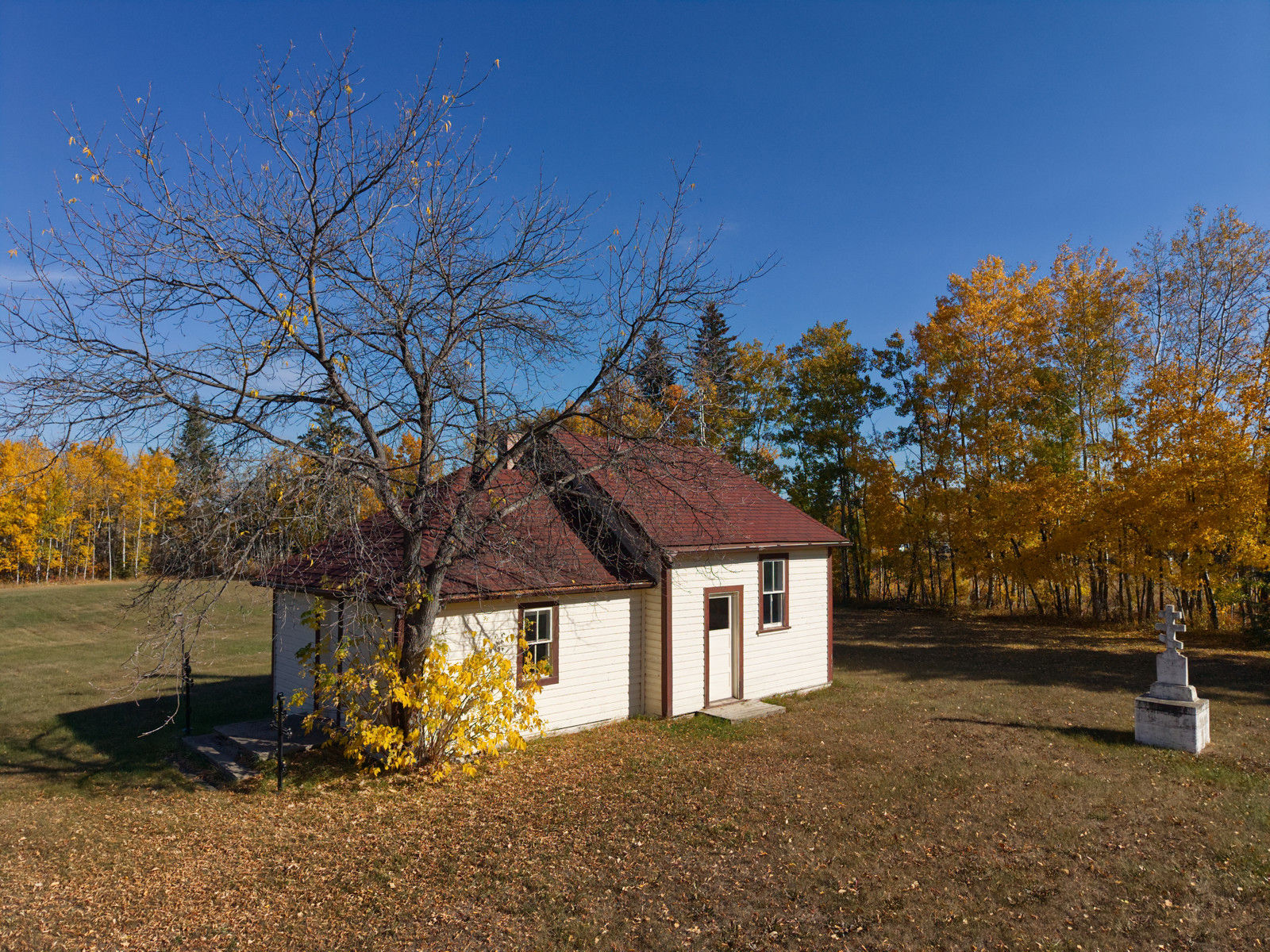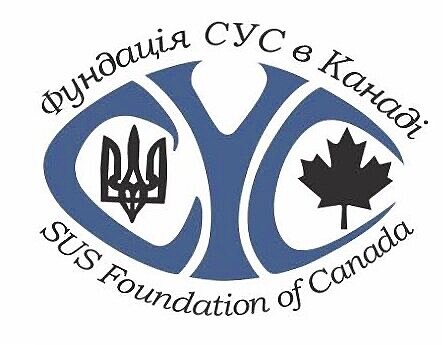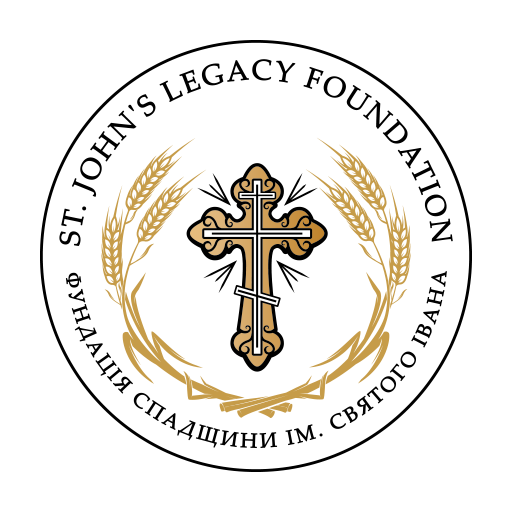

The Big Meadow area was settled primarily by immigrants from Bukovyna, beginning in 1918-1919 with the arrival of Metro Denys and Peter Yarema. A cemetery was established in the district in 1926 on a two-acre site obtained from the government and registered in the name of the Lessard Community Cemetery Company. Interestingly, two non-Ukrainians were among the people listed on the land title, Johnny Levesque and Jack Walter. Although they did not want to belong to the church they were supportive of having a graveyard in the community and seven signatories were needed for the allocation to be approved by the province. The government also apparently required that a structure be erected at the site to house the bodies of the dead until they could be buried. In 1927 Fr. Ivan Mayba is said to have dedicated a cross at the cemetery following the first Ukrainian Orthodox Divine Liturgy held in the community, which was celebrated at the home of a local resident.
In 1930 a small log church, measuring 16’ x 16’, was constructed on the same parcel of land by a handful of volunteers. In 1933 the cemetery was formally blessed by Fr. Tymofei Horbay, who at this time advised the congregation to write to the Consistory requesting to be officially admitted into the Ukrainian Greek Orthodox Church of Canada. The first piece of correspondence received in Winnipeg from Big Meadow dates from 1936, when it was reported that St. John’s church had 15 members and that there were already 11 graves in the cemetery. The same letter also contained details about the founding and early years of the congregation.
In late 1937 or 1938 the original church was enlarged by member volunteers and enhanced with traditional Orthodox decorative features. During this period, services were held at Big Meadow by visiting priests on a monthly basis. However, several more years passed before the St. John’s faithful, prompted by an impending visit by Archbishop Ioan Theodorovich, actually formally registered with the UGOC. At a meeting held on 26 August 1941, twelve members in attendance voted to adopt the constitution and bylaws of the UGOC, after which Archbishop Ioan signed the papers as a witness. Two days later, on 28 August, Archbishop Ioan consecrated St. John’s church at a Hierarchical Divine Liturgy.
In 1943 Big Meadow reported having 7 families as members, but a few years later, it enjoyed a growth spurt that tripled the size of the congregation. According to a letter from Fr. Senishen on 8 April 1948, the influx of 14 new people, combined with local political circumstances and misunderstandings concerning the pension fund that had been established for the clergy, created a rift within the community between the newcomers and the old executive. the crisis seems to have been resolved without further incident, as the required payments were submitted to the Consistory for 1948 and again in 1949, when the membership was given to be 16. The membership at Big Meadow continued to decline over the next three years, from 11, to 10, and 7 by 1952. At the same time, the congregation again fell into arrears over the money that it owed Consistory, which had doubled annual allotments from one to two dollars because of rising costs.
By the end of 1954 the situation seems to have somewhat improved, as St. John’s claimed in an annual report that its 10 paid adherents along with four sympathizers had hosted seven Divine Liturgies over the course of the year. Things continued to slowly get better in the second half of the decade, since by 1958-1959 the church membership had increased to over twenty and Sunday services were being held on a monthly basis.
Nevertheless, in early 1961 the congregation again experienced some serious turbulence, this time triggered by a decision to establish another congregation in the nearby town of Bonnyville in collaboration with the St. John’s parish. The fallout from this bitter conflict undoubtedly had a negative affect on the fortunes of the Big Meadow congregation. By 1962 it reported having “no small children” and in 1967 wrote to the Consistory that it had very small numbers “as people do not want sign as members.”
It appears that a short while later the congregation ceased making its budgetary contributions to Winnipeg and ended its participation in the Bonnyville parish district, gradually curtailing virtually all of its activities sometime in the 1970s. In 1980, Fr. Sawchenko wrote a detailed account of the situation at Big Meadow, noting that the congregation, comprised of approximately 5 remaining members, had not been active for a long time beyond commemorating annual provody at the cemetery. The property owned by the congregation (not including the church) was then estimated to have a value of $20,000, while the hall was thought to be worth $15,000. The church is still standing on its original site, and is apparently still used on rare occasions for weddings and funerals. It is known that the original log church was enlarged with an addition and renovated sometime between the end of the 1930s and 1940s, and that it was painted in 1952.
Despite its lapse into inactive state, it appears that provody (and perhaps occasional services) have nevertheless continued to be held at Big Meadow cemetery each a year as it still listed among the churches being served by Fr. Lipinski.
Visit this Cemetery
GPS Co-ordinates: 54.384564,-110.655931
Affiliation: Ukrainian Orthodox Church of Canada





